- Call us: 01444 237070
- Contact Us
- Stores
- Sign In / Register
-
- Back
- Used Cameras
- Used Accessories
- Used Lenses
- Used Video
- Used Film Equipment
- Used Stock Alert
- Used Blank Test
- Sell or Part Exchange
- Used Clearance
- Recently Added Used Equipment
- Park Picks
- All Used Black Friday Deals
- Faulty
- Trade-In
- Blog
- New in
- Call us
- Contact us
- Stores
- Sign in
- Categories
- Tips & Inspiration
- Reviews
- News
- Events
- Features
- Buying Guides
- Competitions
Sony FE 90mm f/2.8 Macro G OSS Review
When the opportunity came up to make this Sony FE 90mm f/2.8 Macro G OSS review, I jumped at the chance. Over the years I’ve been lucky enough to try a few macro lenses first-hand, and I enjoy the process of shooting close-ups with high magnification, revealing details that you wouldn’t otherwise notice.
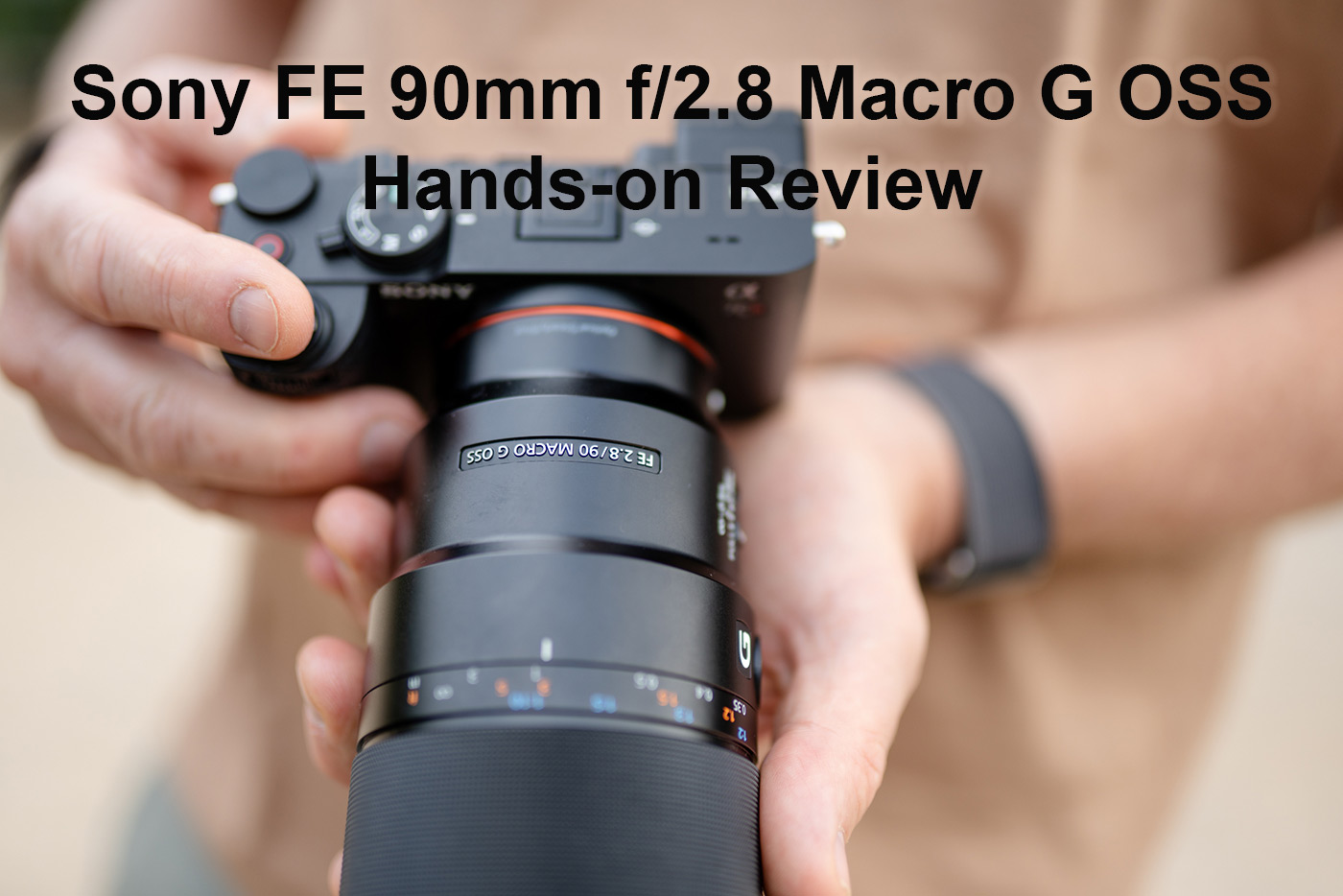
Although the Sony FE 90mm f/2.8 Macro G OSS has been around since 2015, I’d never had the chance to try one until now. It has been considered the benchmark macro lens for Sony mirrorless cameras for some time, but recently a few new contenders have entered the frame, not least Sony’s own FE 70-200mm f/4 G OSS II, which offers 1:2 magnification, or 1:1 if you add the 2.0x teleconverter.
When a couple of options turned up in the used Sony lens department it felt like the right time to see how this 10-year-old lens holds up when paired with the 61MP sensor in the Sony A7CR, which I was also reviewing at the time.
So why not pour yourself a coffee and join us for this hands-on Sony 90mm macro lens review, complete with 100% crops from a variety of sample images, which we’ve put together to help you decide whether this is the right lens for your own content creation.
Let’s begin by finding out the new and second-hand price you can expect to pay.
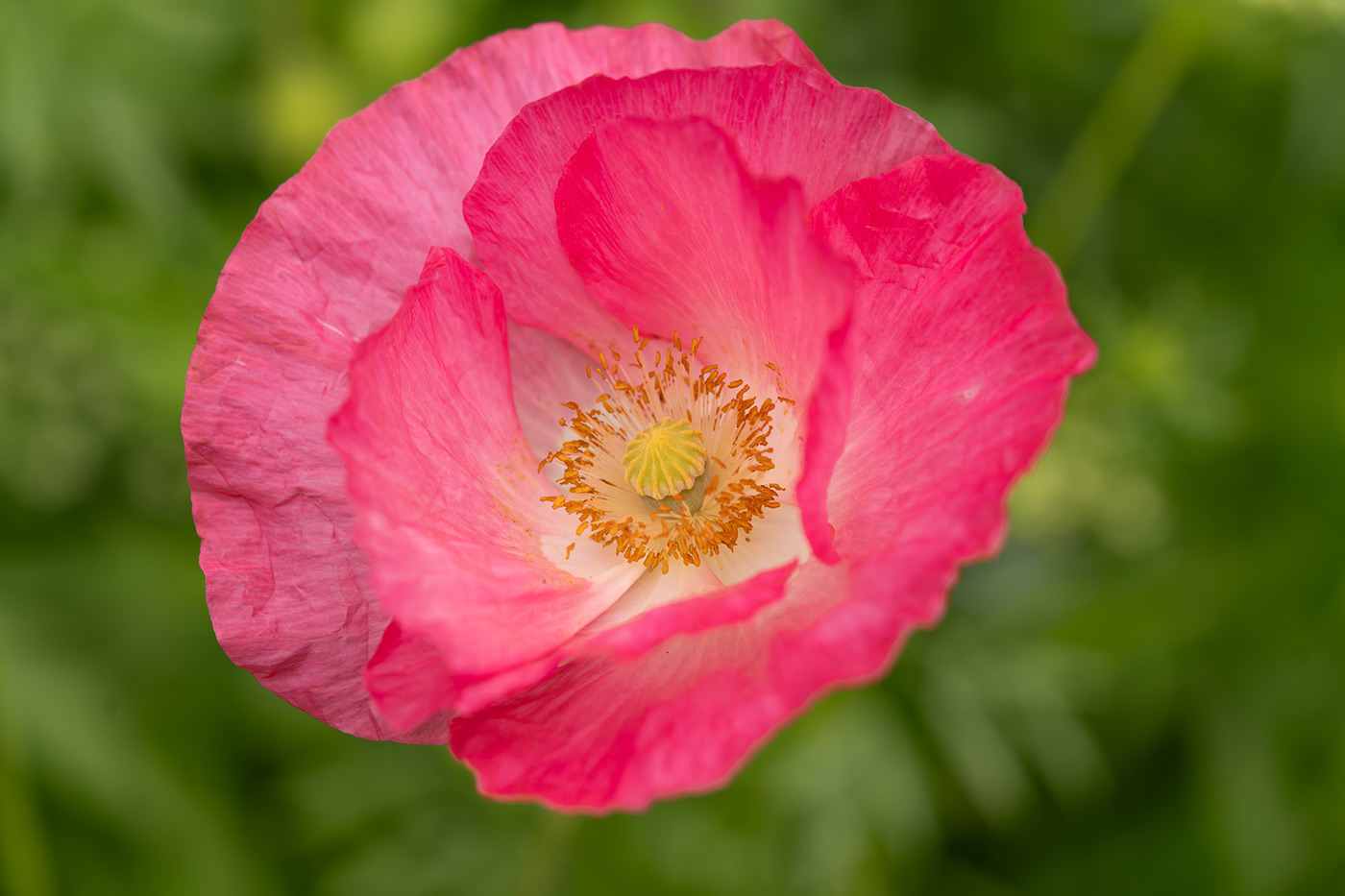
Sample 01 flower. 1/400. f/5. ISO 160
Sony FE 90mm f/2.8 Macro G OSS Price
A brand new Sony FE 90mm f/2.8 Macro G OSS costs £819.00, or you can save by picking up a Used Sony FE 90mm F/2.8 Macro G OSS E Mount Lens from around £589.00. That’s a solid result, especially when you factor in the six-month warranty included with used lenses from Park Cameras.
If you do buy used you’re left with some cash for a polarising filter to reduce reflections, a Sony fit flashgun to light the subject, or even a tripod with a macro column.
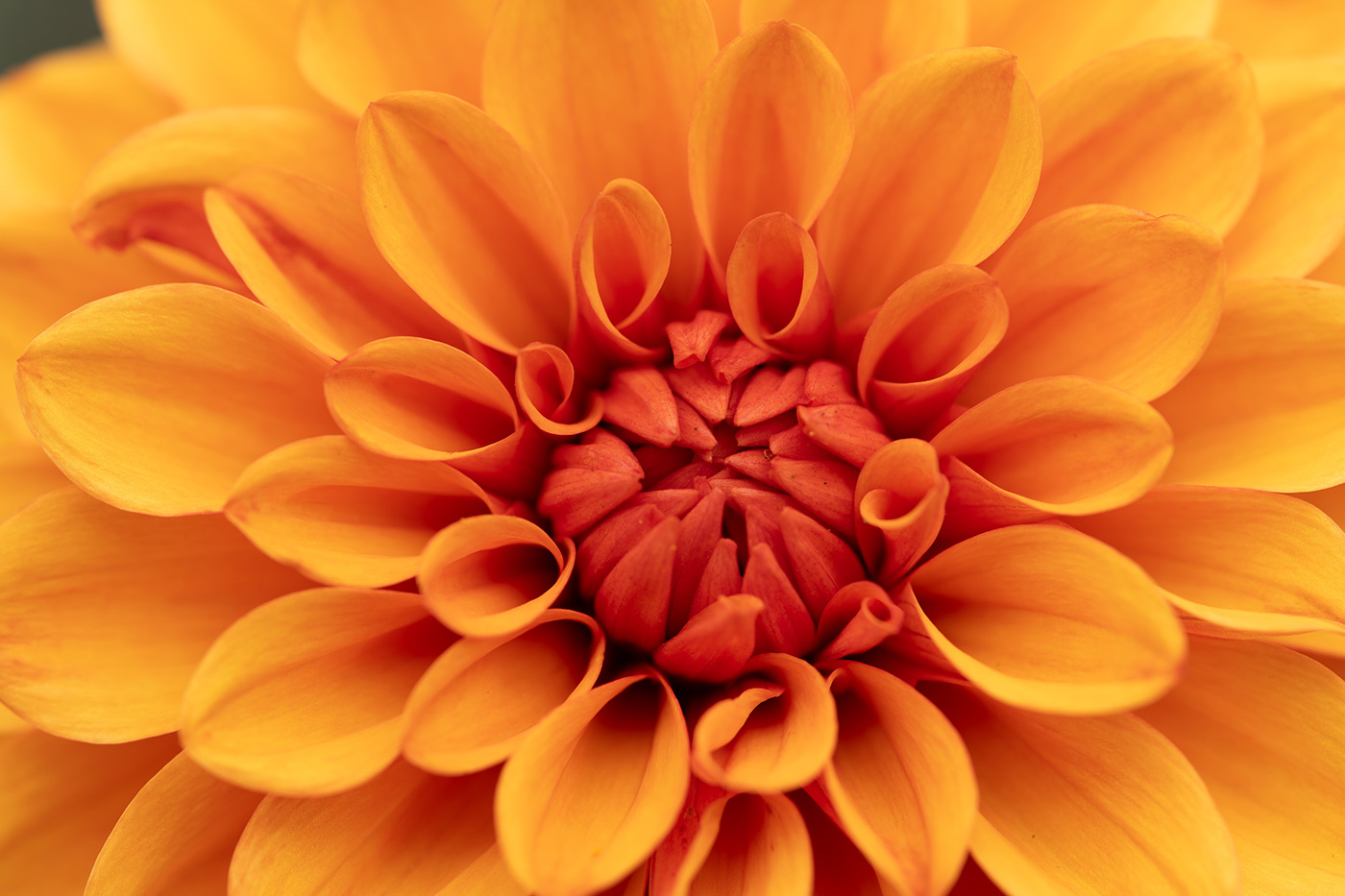
Sample 02 flower. 1/400. f/4.5 ISO 160
Sony FE 90mm f/2.8 Macro G OS Sample Images
The Sony 90mm macro shots in this review were captured in RAW by Nick Dautlich with a used Sony A7CR (first gen.), which features a 61MP high-resolution sensor. That kind of resolution really shows how much detail the lens can resolve, and the sensor’s dynamic range is excellent, which is especially useful if you enjoy editing your photos.
The shots were made in a variety of shutter speeds and apertures, generally using either shutter priority, fully manual, or speed priority with Auto ISO and minimum shutter speed set.
It was as recently as the very tail end of 2024 when I made a Tamron 90mm F/2.8 Di III Macro VXD Review, which is incredibly sharp, and makes for an excellent reference point vs the Sony. You can learn more about the camera body in our Sony A7CR review, which includes plenty of additional macro shots to examine.
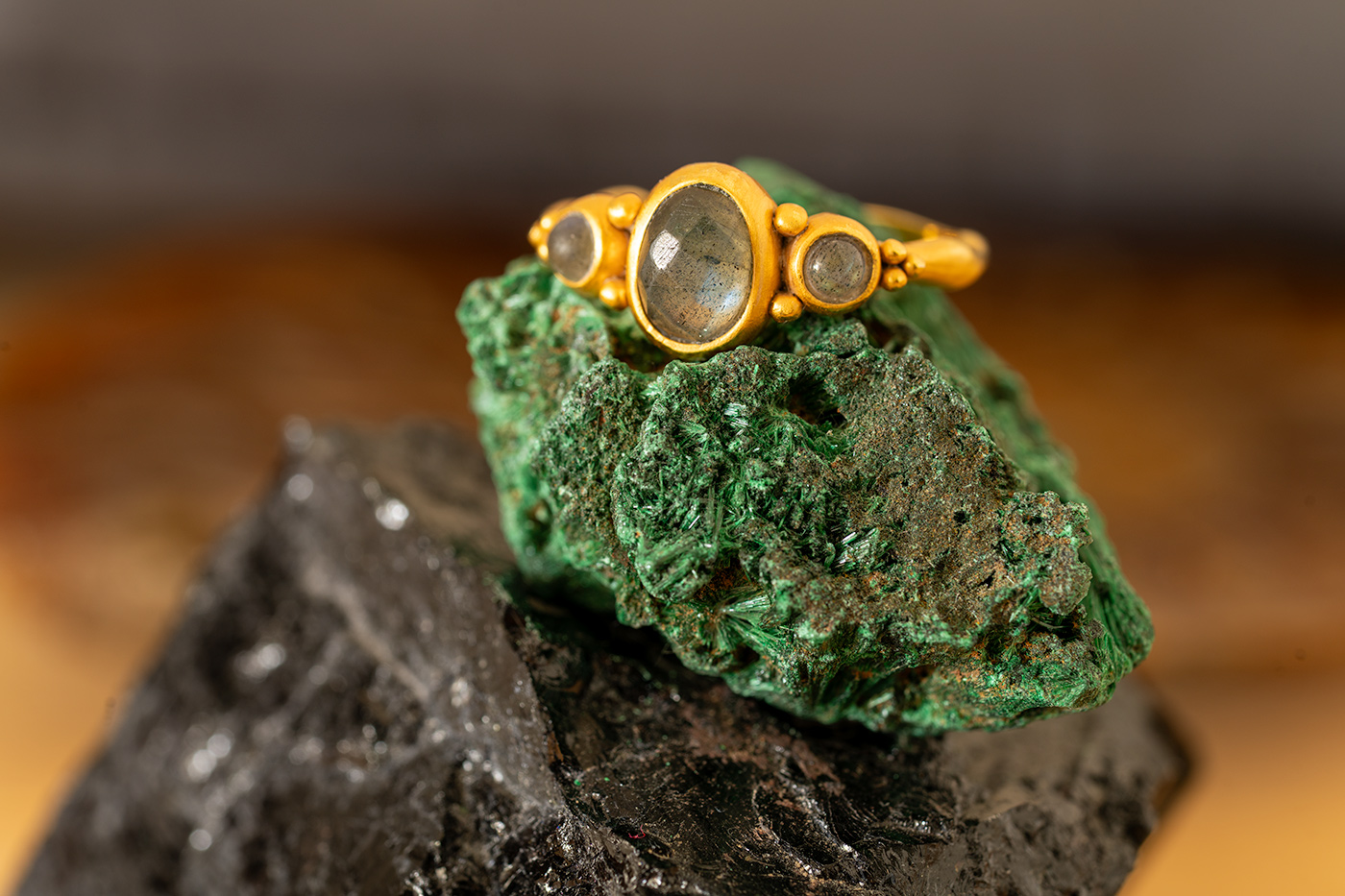
Macro focus stack effort
Most images were captured handheld, though I also tried my hand at focus stacking, and have included a selection of 100% crops so you can pixel-peep the results. The samples have all been edited to taste, with AI noise reduction applied where needed, giving you a realistic idea of how your own images might look after some basic processing.
It’s time to drop the spoiler, which is that this lens really is flawlessly sharp, even when you shoot wide open at f/2.8. But what is a macro lens and why would you want one?
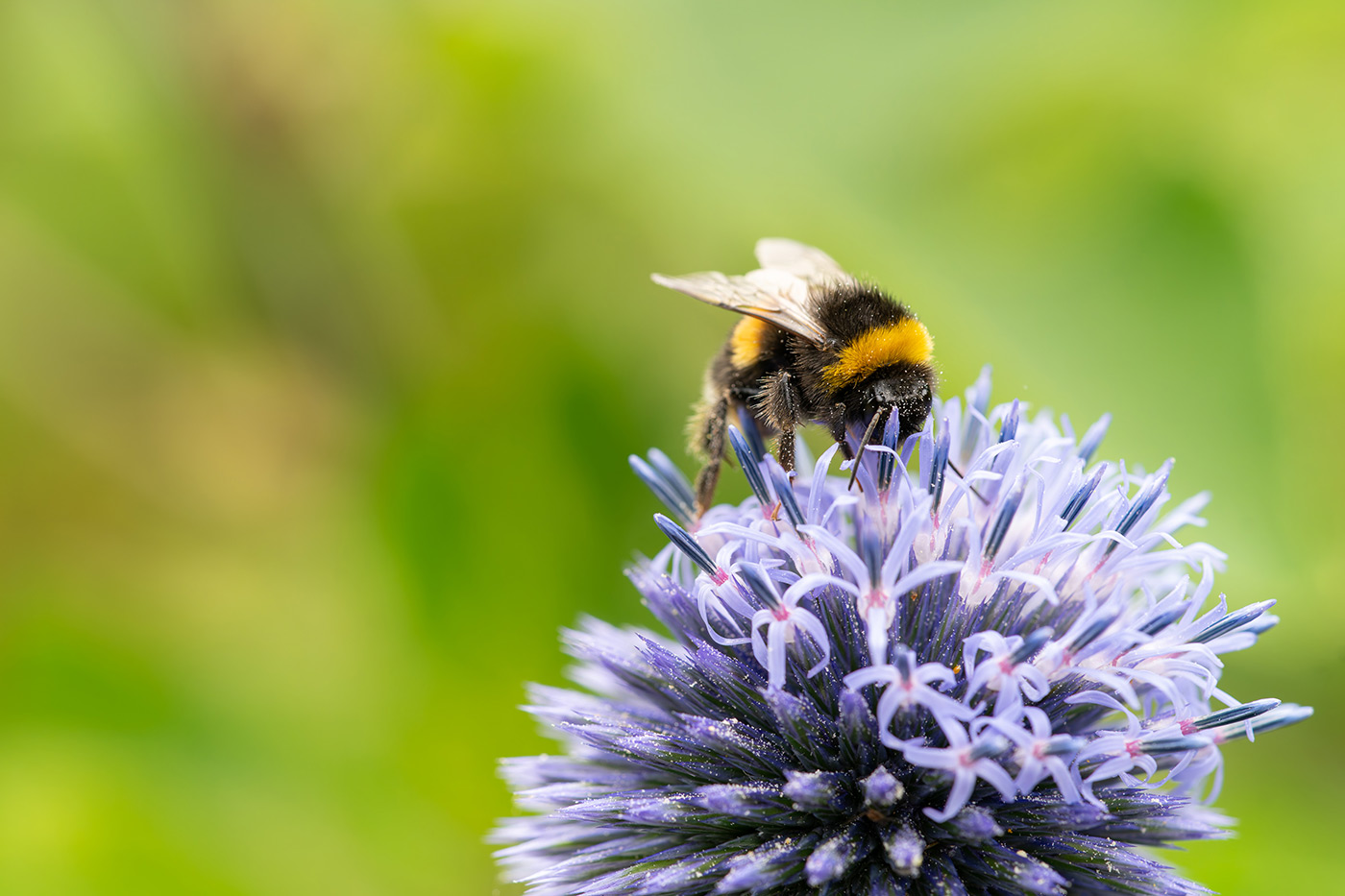
Sample 03 pollinator. 1/400. f/5.6 ISO 1000
What is a macro lens?
Before diving in let’s sort out the macro definition. In photography, macro pictures refers to close-up images, which are usually made with a dedicated macro lens (although there are other techniques). True macro photography is generally defined as capturing life-size magnification, which is written as 1:1 or 1.0x.
What this means is that the subject appears on the camera’s sensor at the same size as it is in real life, often allowing you to view incredibly fine details on small subjects, revealing more than the eye can naturally see.
You can also find macro lenses with a higher or lower magnification, such as the one in our Voigtlander 65mm F/2 Macro Apo-Lanthar Review. That lens captures a half life-size reproduction at 0.5x magnification, though purists might argue it isn’t a true macro lens by the 1:1 standard.
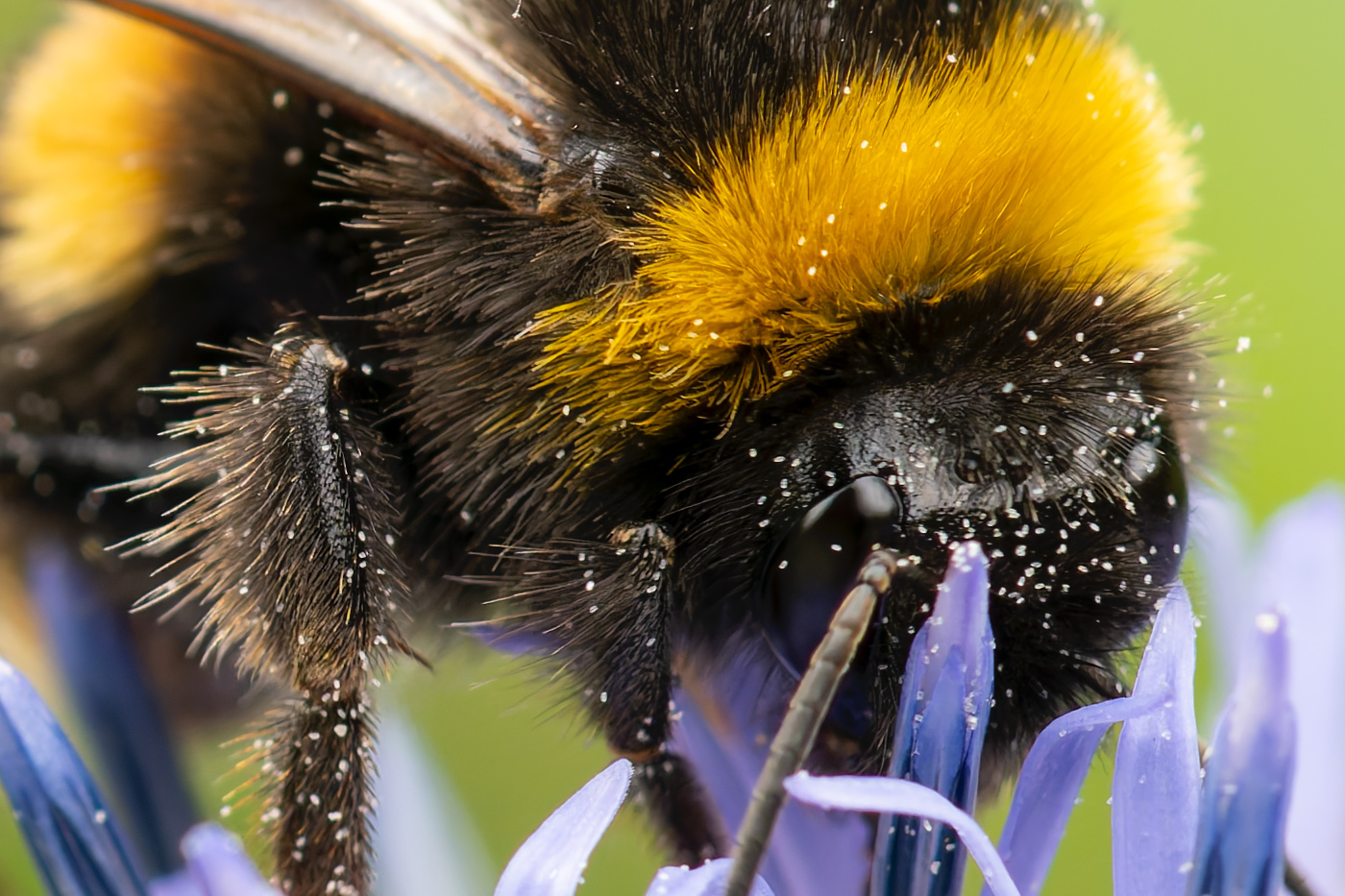
100% crop from previous image of bumble bee
Macro photography can change how you see the world as textures, patterns, and small subjects suddenly becoming more interesting. It’s also an excellent subject for outdoor photographers, giving you something to shoot outside of golden hour while you wait for the light for landscapes or whatever your main focus might be.
With that out of the way, let’s take a look at the features this lens offers, and what sets it apart from the competition.
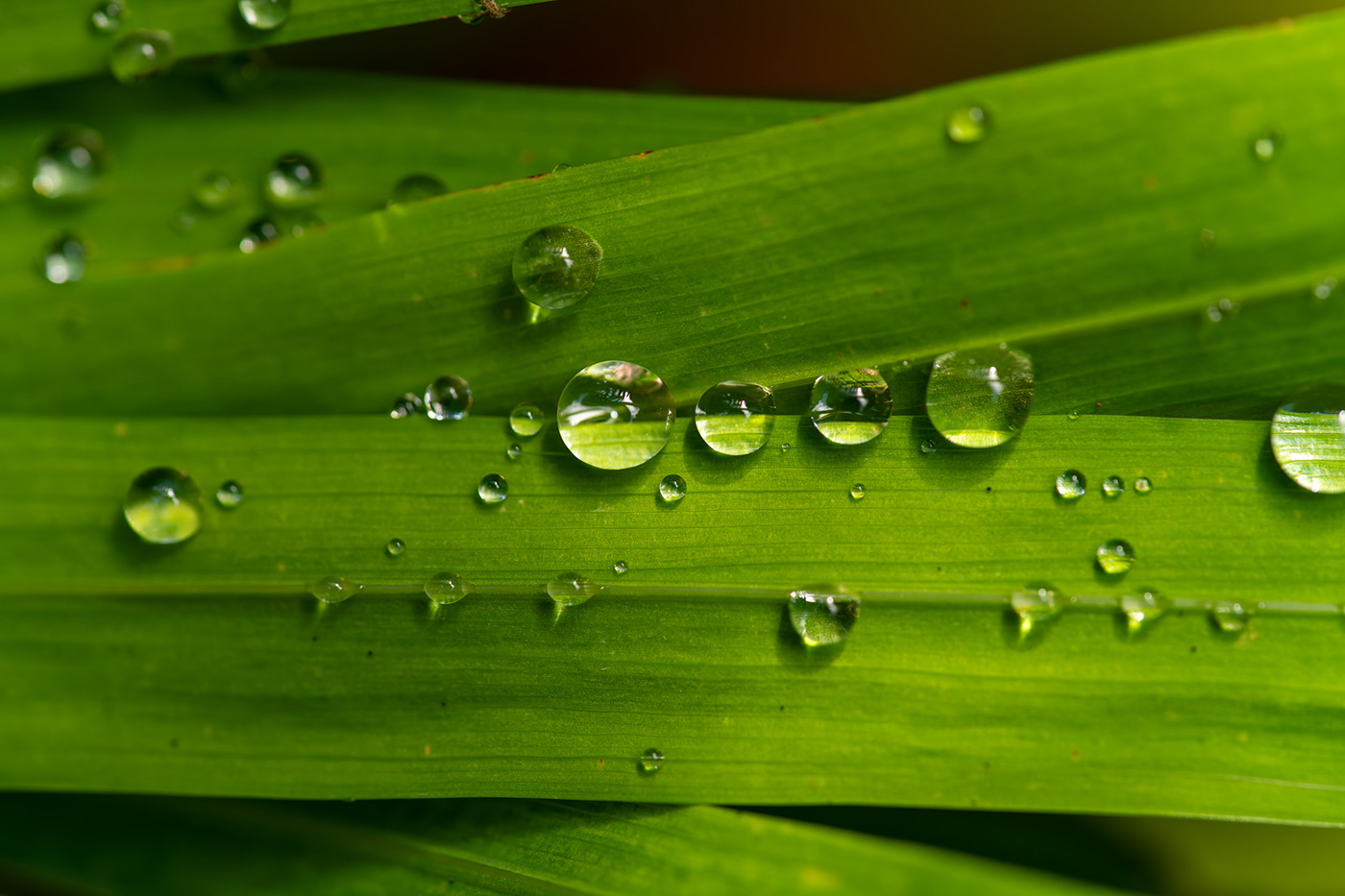
Sample 04 droplets. 1/400. f/4 ISO 2000
Sony 90mm Macro Key Features
Even though it’s a G Series lens from 2015 rather than a flagship G Master, the Sony 90mm macro still delivers features that compare well by today’s standards.
These include:
- 90mm full-frame prime, or 135mm equivalent when mounted on a crop sensor camera body
- 9 aperture Blades with a circular design – you can see the slightly polygonal highlights in a couple of the included shots
- 11 lens groups with 15 elements, which is fairly complex but not unusually so
- Minimum Focus Distance 0.28m. This gives you plenty of room to work with when capturing live subjects
- Maximum Magnification Ratio 1.0x, which is the industry standard definition
- Includes OSS stabilisation and a customisable focus hold button / AF-MF Switch, so you can set it for quick access to your preferred function (e.g., Eye AF)
- Focus ring push/pull clutch mechanism, which is a very handy feature that we explore below
- Filter Diameter 62mm. Nice and compact for portability and a lower cost of filters
- Weighs 602g, which is competitive considering it is a stabilised lens
We cover most of these features throughout the review, but the push/pull clutch mechanism is a great starting point to explore, as a fairly unique feature compared to other macro lenses.
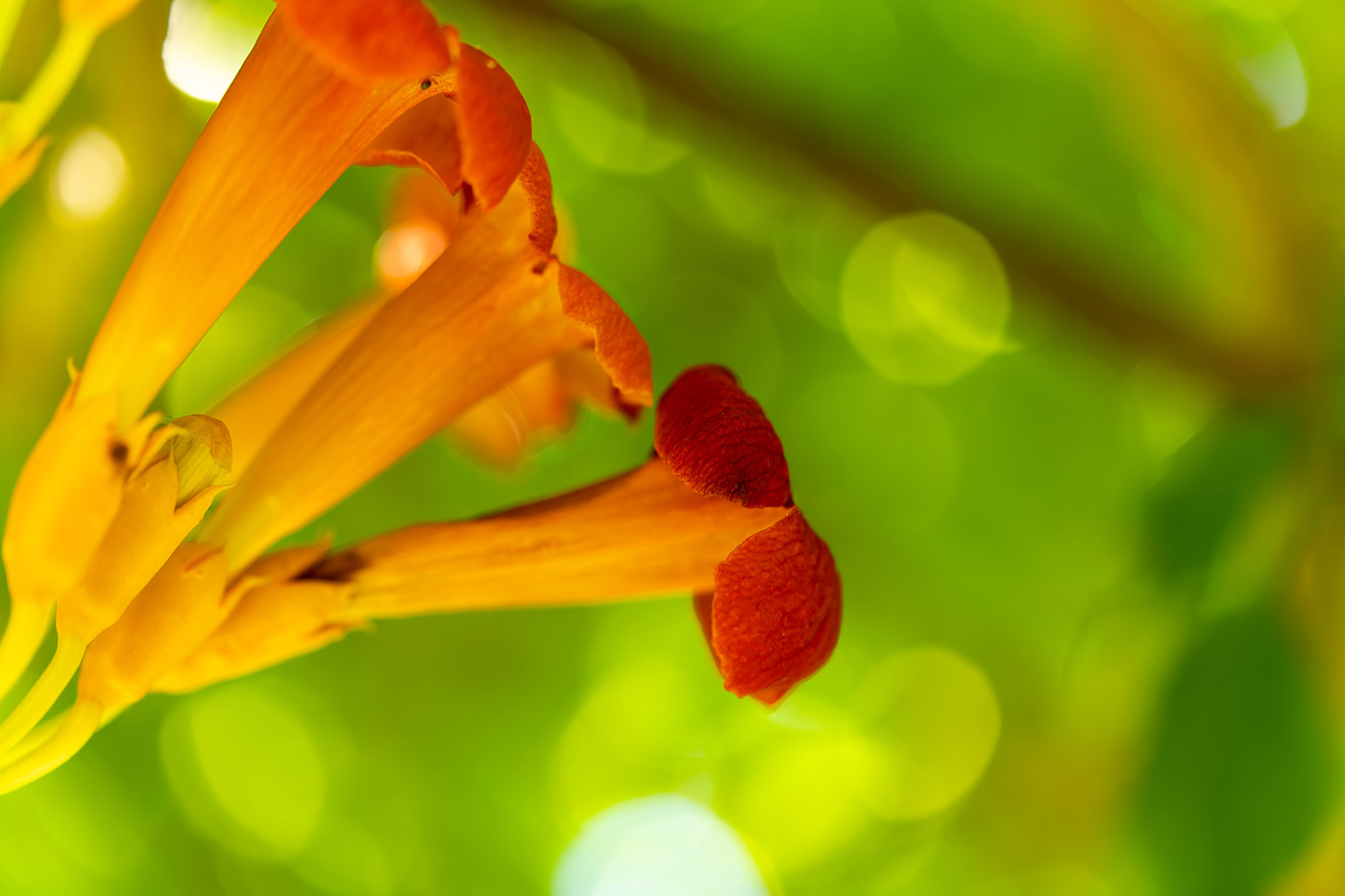
Sample 05 bokeh (wide open). 1/400. f/2.8 ISO 1250
What is the push pull manual focus mechanism?
The Sony FE 90mm macro features a push-pull focus clutch, which is particularly useful for macro where fast, intuitive switching between AF and MF is often used to achieve focus. It works by pulling the focus ring towards you to switch into manual focus, which reveals a distance scale and engages manual control.
Pushing the mechanism forwards again returns to autofocus. That’s all there is to it, but it is a unique feature among Sony lenses, and a big part of the usability of this particular model.
This leads us neatly onto who and why you might opt for a macro, aside from the obvious!
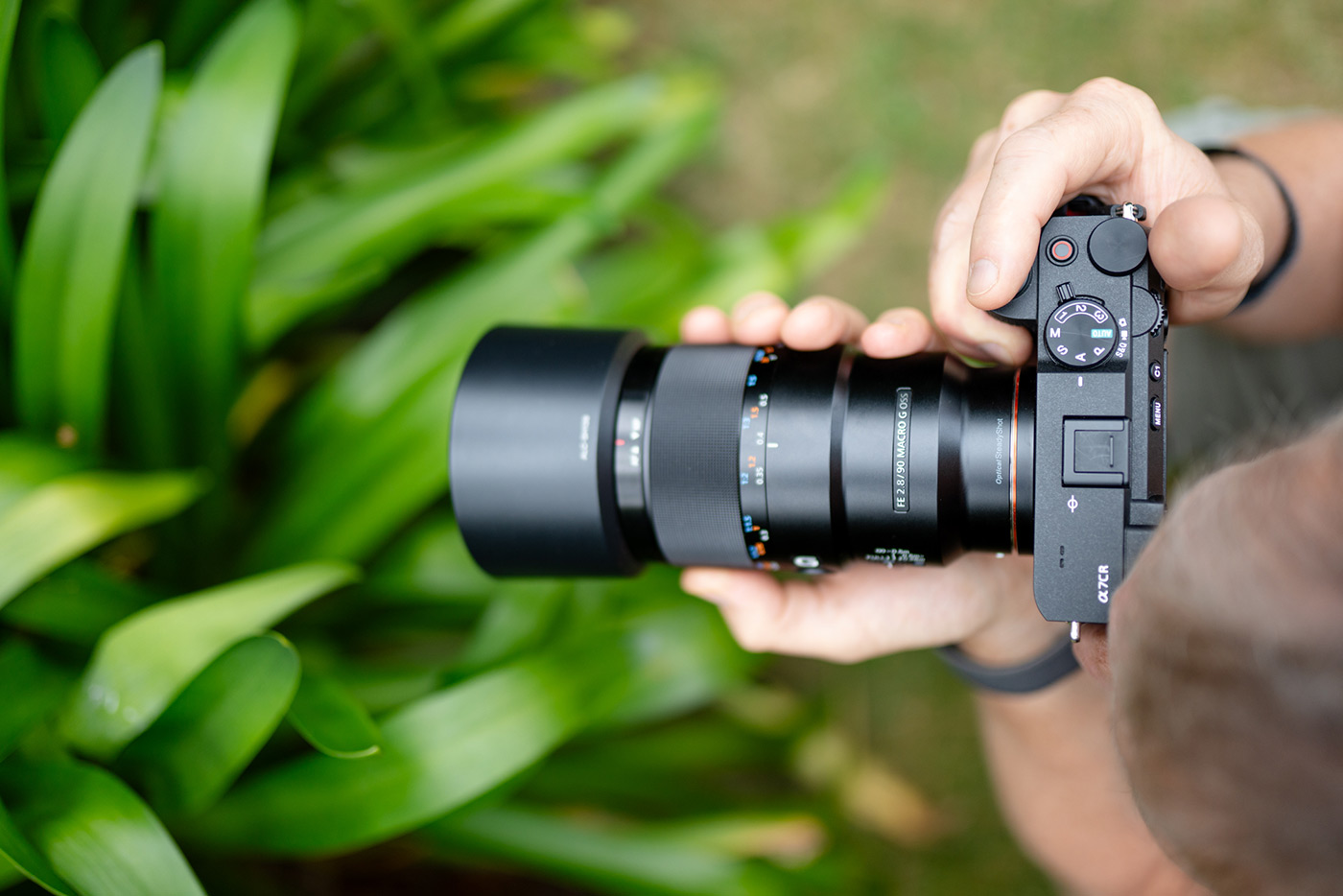
Why choose a macro lens for your kit?
It might seem a little too specialised at first, but as well as taking close-up shots of hidden details in objects, a macro lens can be used for many other types of creative photography, such as:
- Doubling as a portrait lens, with similar results as as a classic 85mm f/1.8
- A short telephoto when you want to emphasise a subject and compress the background
- Good for video, whether recording macro detail or short telephoto scenes, albeit with some hefty focus breathing to be aware of
- For product, studio or commercial photography
- Useful at events and weddings, where you might want to shoot a variety of images with just one lens, and could stay mounted on your backup camera body
- For capturing detailed shots for repairs, restoration or archiving
Depending on what you like to photograph, a 90mm macro could be a more versatile option than an 85mm f/1.8 prime or another macro focal length. It’s also relatively portable for this class, especially when compared to a 135mm f/1.8 or similar telephoto primes, so it’s easy to walk around with, capturing spontaneous compressed shots… albeit from a distance! You can explore the many possibilities of a 135mm lens in more detail here.
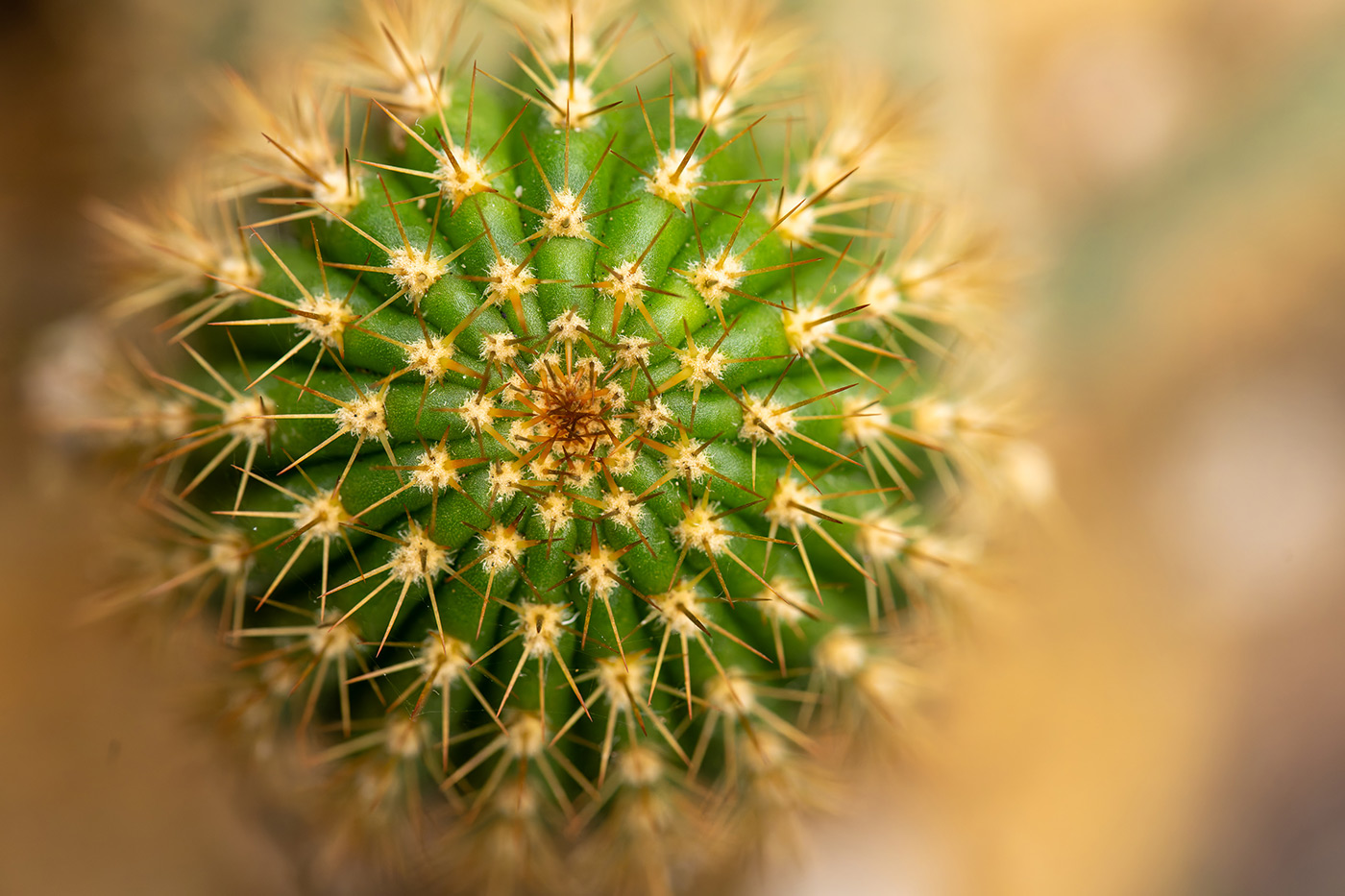
Sample 06 cactus. 1/400. f/5.6 ISO 5000
Image quality
Sony’s optical formula has clearly stood the test of time as this lens is as sharp as anything I’ve ever tested. Not only does it resolve exceptional detail and contrast on the 61MP sensor, but it also delivers well-controlled vignetting and low levels of chromatic and longitudinal aberration, which just improve slightly when stopping down.
Minimal colour fringing is especially helpful in a macro lens, where you’re often dealing with contrasty edges and fine detail.
At 90mm, backgrounds can be very effectively blurred, especially when working close to the subject with the lens wide open at f/2.8, which delivers excellent foreground and background separation. I’m not sure of the exact Optical SteadyShot (OSS) performance, but I’d estimate around 3 stops of stabilisation, which is effective enough. I didn’t run into any issues with camera shake or soft images, though I tended to shoot at 1/400s or faster to avoid motion blur.
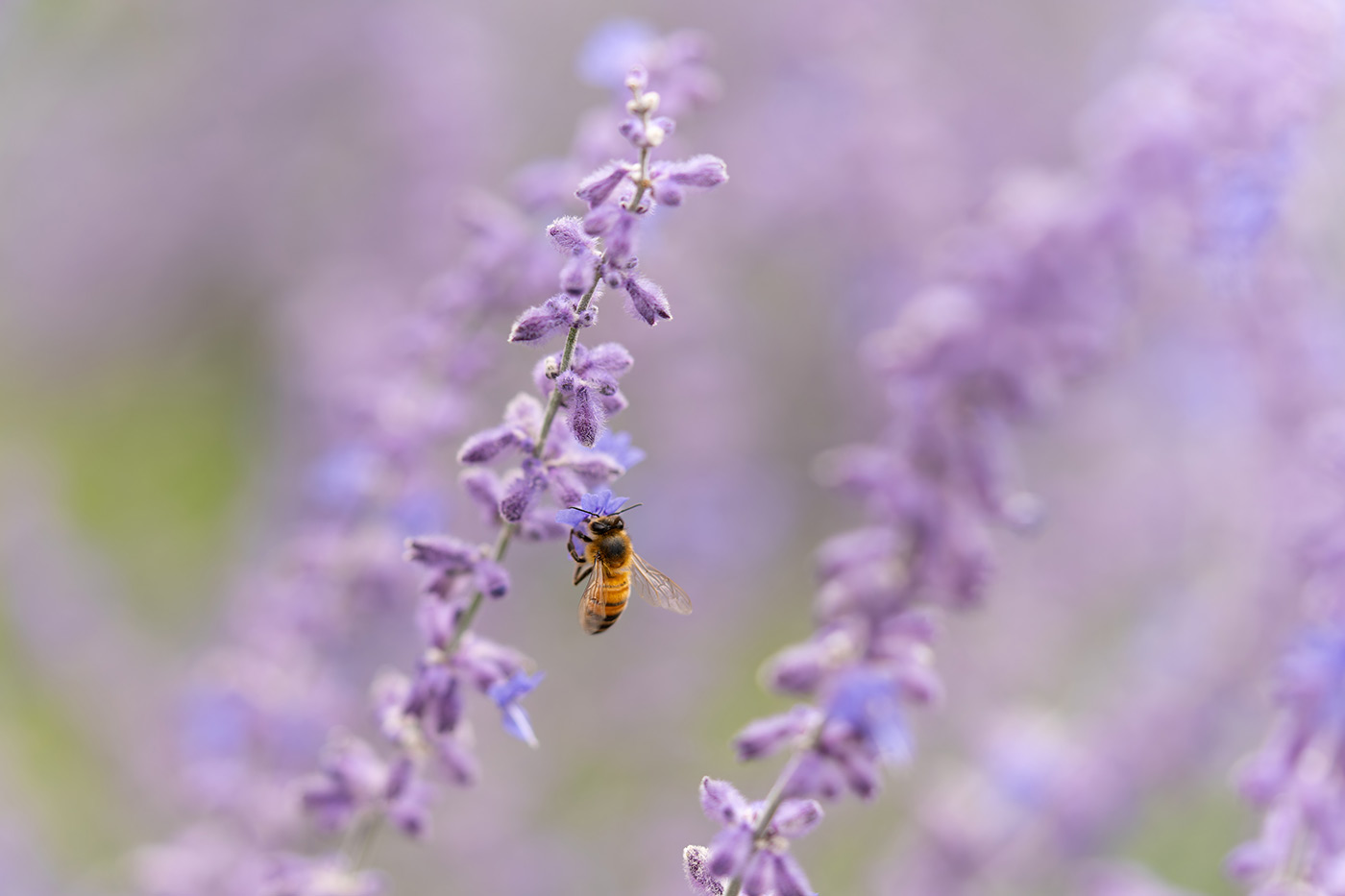
Sample 07 pollinator II. 1/500. f/2.8 ISO 100
One area where this Sony macro sets itself apart from many competitors is autofocus speed. While that’s not a priority for dedicated macro photographers, it’s definitely useful for everyday subjects and short telephoto work. Although you probably won’t be capturing really high-speed subjects, the AF motor is surprisingly fast and responsive, especially with the focus limiter engaged.
This allows you to shoot spontaneous images without being held back by sluggish AF, which is especially true when harnessing Sony’s excellent AF-capable cameras.
In short, if you’re after razor-sharp, highly detailed images, this is one of the sharpest lenses you’ll ever want. It renders accurate colour and good contrast, with low distortion and minimal image artefacts.
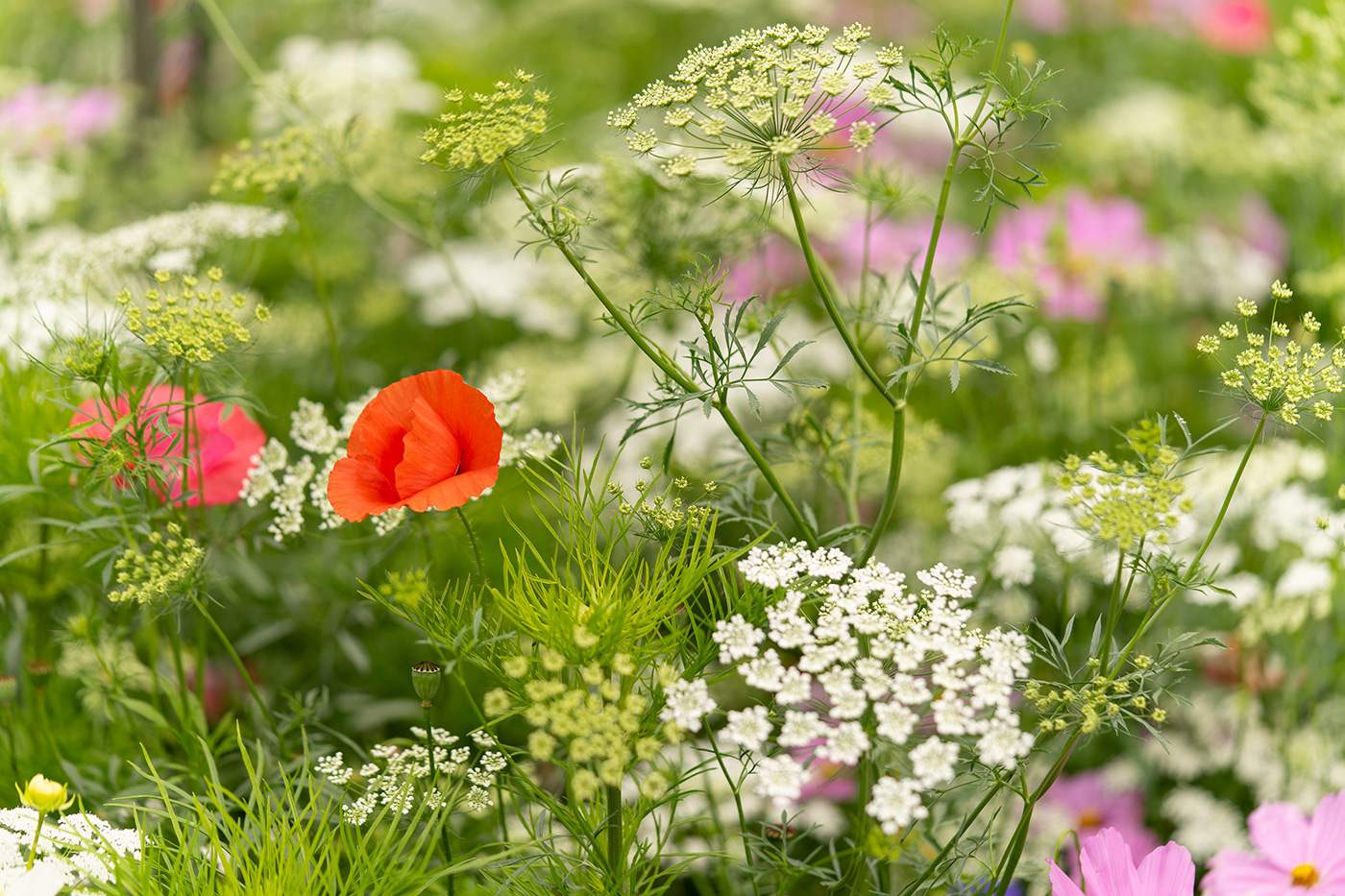
Sample 08 wildflowers. 1/1000. f/2.8 ISO 100
On the whole, this lens is very easy and intuitive to work with. Dedicated macro photography definitely takes some skill, which I’m still developing, but even if you just enjoy casual handheld shooting, you’ll be amazed at the results this lens can produce. It’s very solidly built, with a mix of metal and plastic components, and the autofocus is quick enough to use for portraits, street, and general photography.
While 90mm is quite a bit longer than a nifty fifty or other general-purpose lenses, it doesn’t feel at all restrictive, and I find it a very natural focal length to work with. There are a few competitors that deliver equally high-end results, but the Sony is probably the most well-rounded I’ve personally used. That is because it combines excellent image quality with everyday usability, rather than being specialised for macro-only.
Buying a second-hand lens is definitely the way to go if you’re just dipping a toe in the water, as you can not only save quite a lot of cash, but you’ve also got the option to trade-in if you find that close-up work isn’t for you.
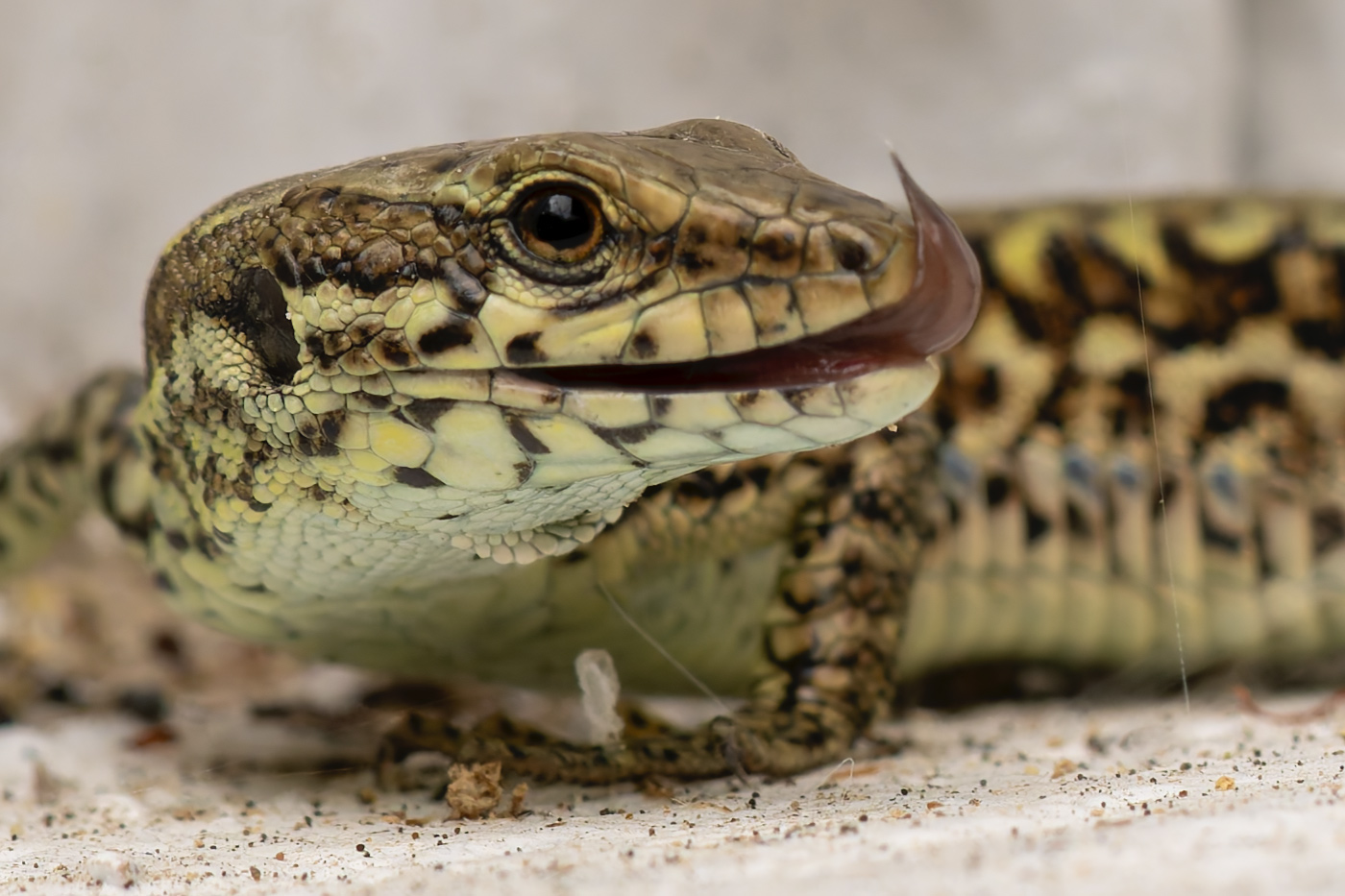
100% crop of lizard photo (see next)
With that in mind, explore the current used Sony FE 90mm F/2.8 Macro G OSS lens options starting from under £500.00, or browse for a new 90mm F/2.8 Macro G OSS at around £800.00 and see how this prime influences your creativity.
If you’d like learn more about this engaging subject, our Tips for Getting Started in Macro Photography is packed with stunning photos, advice and ideas from professional photographer Geraint Radford.
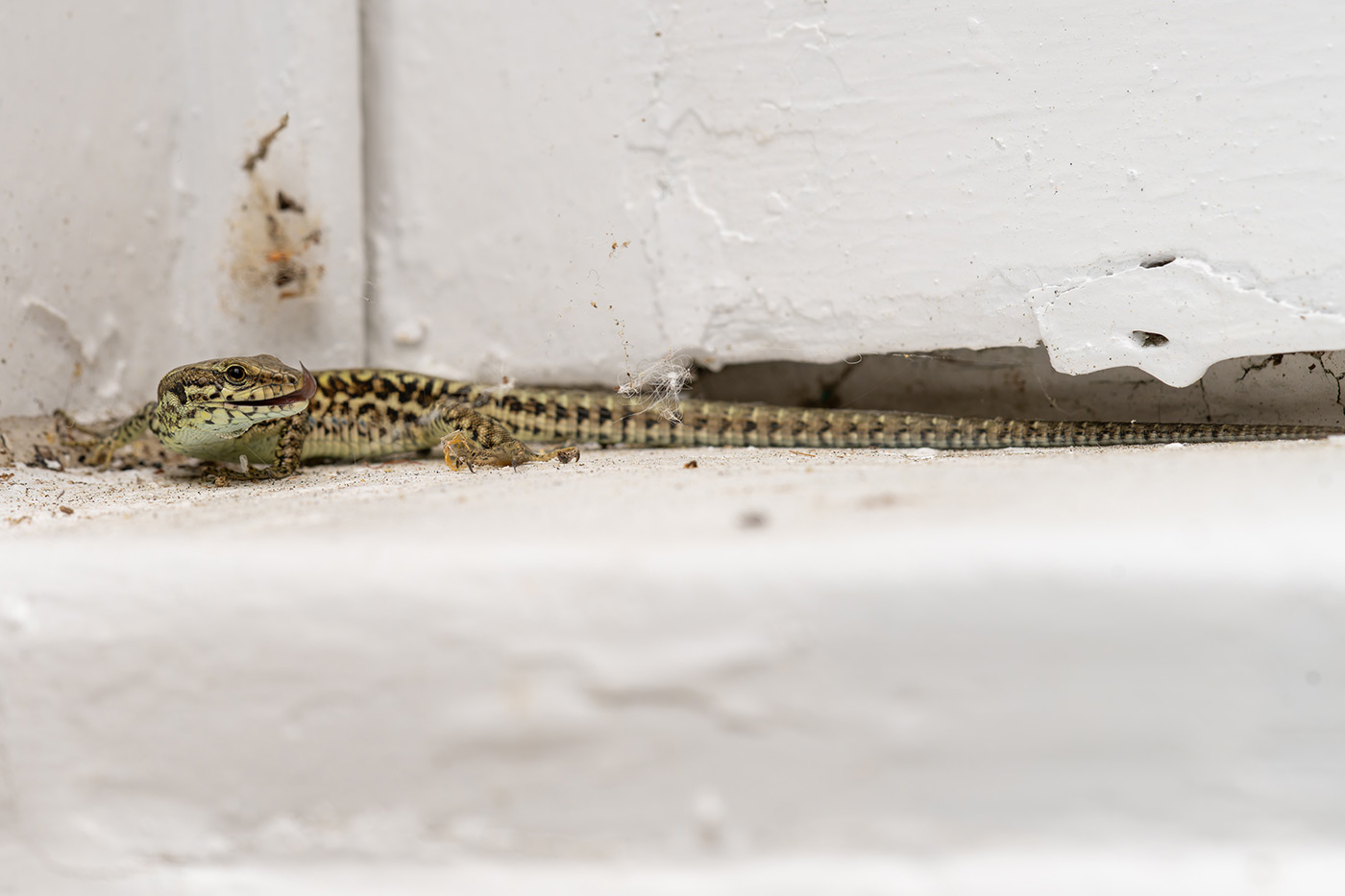
Sample 09 lizard. 1/400. f/8 ISO 320
Share this post:
By Nick Dautlich on 02/10/2025
Nick Dautlich
Senior Content Writer and Product Reviewer
Nick Dautlich is the Senior Content Writer and Product Reviewer at Park Cameras, with over 15 years of photography experience. A Sony Imaging Professional and expert reviewer, Nick has worked with major brands such as Canon, Sony and Nikon. His work is also featured on Vanguard World UK’s website, Capture Landscapes, and Shutter Evolve. Nick’s photography includes National Trust projects and magazine covers and he is passionate about landscapes and storytelling. Nick also enjoys hiking and teaching his children about nature. Learn more on his profile page.
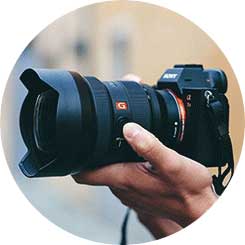
Trade in your old equipment
Fast and easy trade in service ensures your old gear is collected efficiently and you are paid quickly! It's very simple to trade in your unwanted photography gear. Just head over to our dedicated Sell or Part Exchange page, fill out the details, and we'll get back to you with an offer for your old gear. Take the cash, or put it towards the cost of your new gear. It's up to you! Find out more
sign up to the newsletter
Keep up to date on the latest photography news, events and offers. Sign up now